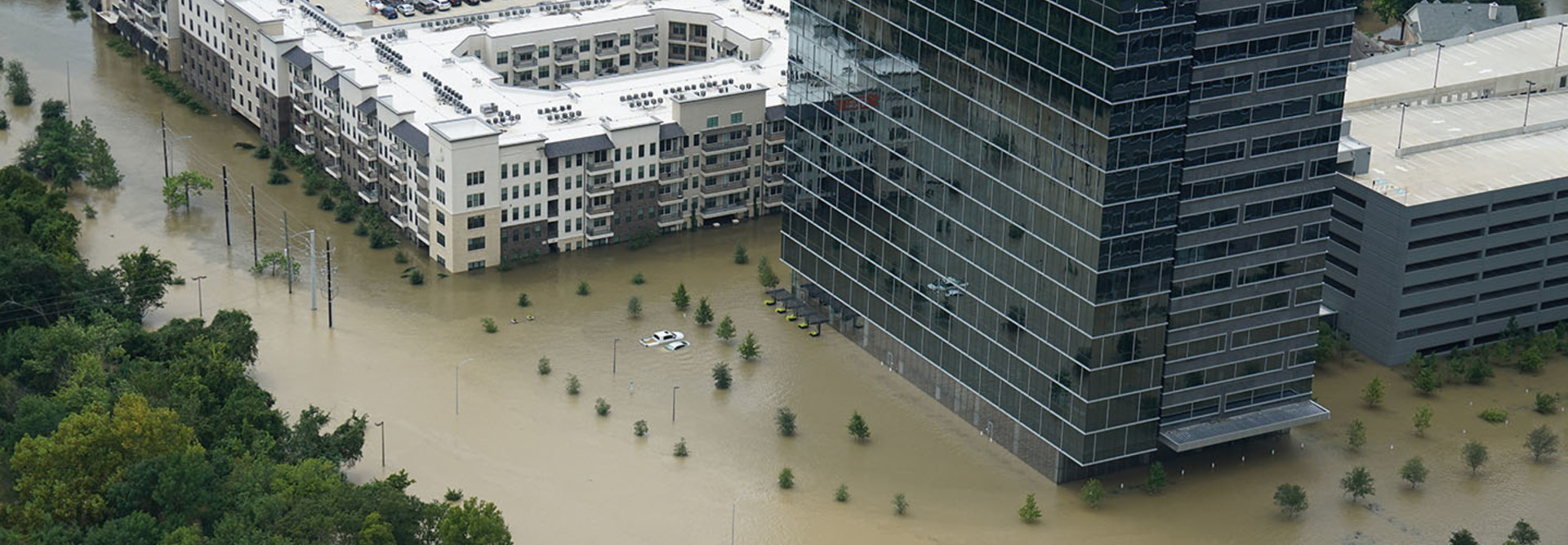5 Ways Healthcare Organizations Guard Against Disaster
As paper records go the way of the dodo and as internet-enabled devices and other technologies have proliferated, keeping health IT systems up and running is critical. Hospitals, health systems and physician practices are increasingly investing in tools to ensure they can continue to provide care for patients when the worst happens.
Whether it’s a natural disaster, a ransomware attack or even a planned outage, keeping data safe and accessible — and continuing to serve patients — requires a variety of tools, including firewalls, data encryption and monitoring solutions, and it requires services such as health information exchanges, data centers and cloud solutions.
MORE FROM HEALTHTECH: How to optimize disaster recovery plans to withstand cyberattacks.
Infrastructure Upgrades for Emergency Preparedness
Case in point: The nation’s largest public hospital system is getting a $52 million capital infusion to upgrade its infrastructure, including $25 million to upgrade the emergency power system, critical to ensuring access to health IT systems, including networks, computers and medical devices, during an emergency.
“We want our staff to be able to focus on meeting our patients’ care needs and keeping them healthy, not worrying about roofs and power systems,” said Dr. Mitchell Katz, CEO of East Harlem’s NYC Health + Hospitals/Metropolitan, in an announcement.
“NYC Health + Hospitals/Metropolitan has been a mainstay in this community for decades, and this investment will help the hospital get the upgrades needed to continue serving the community,” New York City Mayor Bill de Blasio added.
Here are a few of the technologies and tactics organizations use to protect themselves and their patients:
1. Brick-and-Mortar Lays the Foundation
The Houston-based MD Anderson Cancer Center was prepared for Hurricane Harvey in 2017 in part because of lessons learned during Hurricane Allison in 2001. That meant investing in physical infrastructure. It used Federal Emergency Management Agency funding to build flood walls, and it moved technical equipment out of the basement. The data center on the main campus now resides on the fourth floor, with the electronic health record and other primary applications spread between it and two other data centers, miles away. Its systems can run for about 80 days on diesel generators.
2. HIEs Ensure the Flow of Information
The use of Health Information Exchanges should be baked into emergency plans, says Doug Dietzman, executive director of the Grand Rapids, Mich.–based Great Lakes Health Connect HIE. “If and when people in our communities get spread to the wind, or even sent to other states, there is an ability to have that data ready to follow them, and care for them,” he says. The HIE resides in two colocated data centers, both of which support the organization’s Health Connect platform to maintain high availability, he says. “If the platform goes down, it’s immediately picked back up.”
3. Technology Flies in to Save the Day
Organizations are thinking up new ways to connect patients and providers during emergencies. For example, Healthcare Integrated Rescue Operations offers kits for critical care and mass casualty response delivered by drones, even before first responders can arrive. Along with standard medications and medical equipment, the kit includes a pair of smart glasses that integrate with an augmented reality headset. This solution allows physicians to see the same thing as a bystander delivering care at the scene, Dr. Italo Subbarao, an associate dean and associate professor at William Carey University’s College of Osteopathic Medicine in Hattiesburg, Miss., tells HealthTech.
4. Telehealth Finds a Way Through
In communities cut off by natural disasters, telehealth is, quite literally, a lifesaver. Patients who can’t travel can reach out to local physicians via smartphone, laptop or tablet. As long as patient and doctor have mobile access, they can use apps such as Skype to connect, but if power is down at the local hospital, patients and physicians can also reach each other across state lines.
5. Flash Storage Puts Data at Hand
Some progressive organizations are turning to flash storage for primary storage and backup, particularly for EHRs and virtual desktop infrastructure, according to Josh Gluck, vice president of global healthcare technology strategy at Pure Storage and an adjunct professor of health policy & management at New York University’s Wagner Graduate School of Public Service. “The performance and availability benefits offered in production and backup environments can provide significant improvements in patient care and clinical efficiency. What’s more, with the right solution in place, flash technology can deliver reductions in total cost of ownership for providers of all sizes,” he writes in a HealthTech article.









